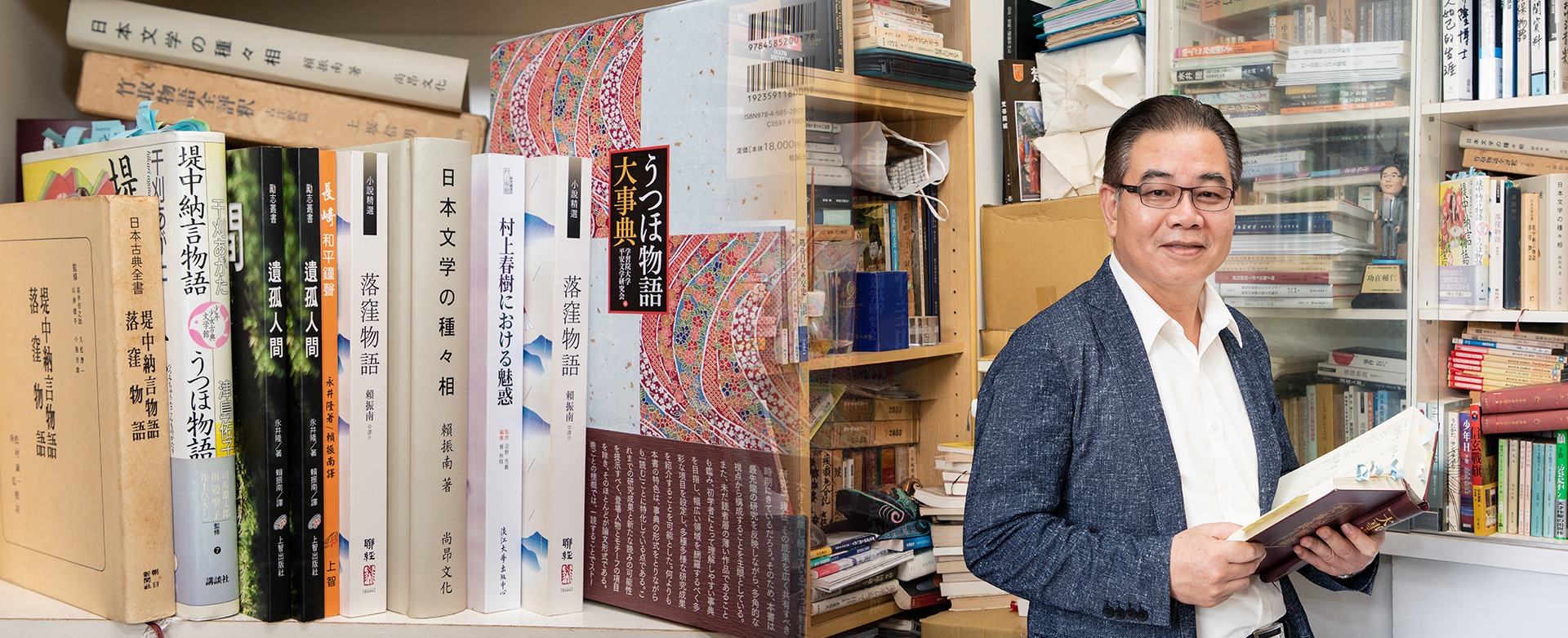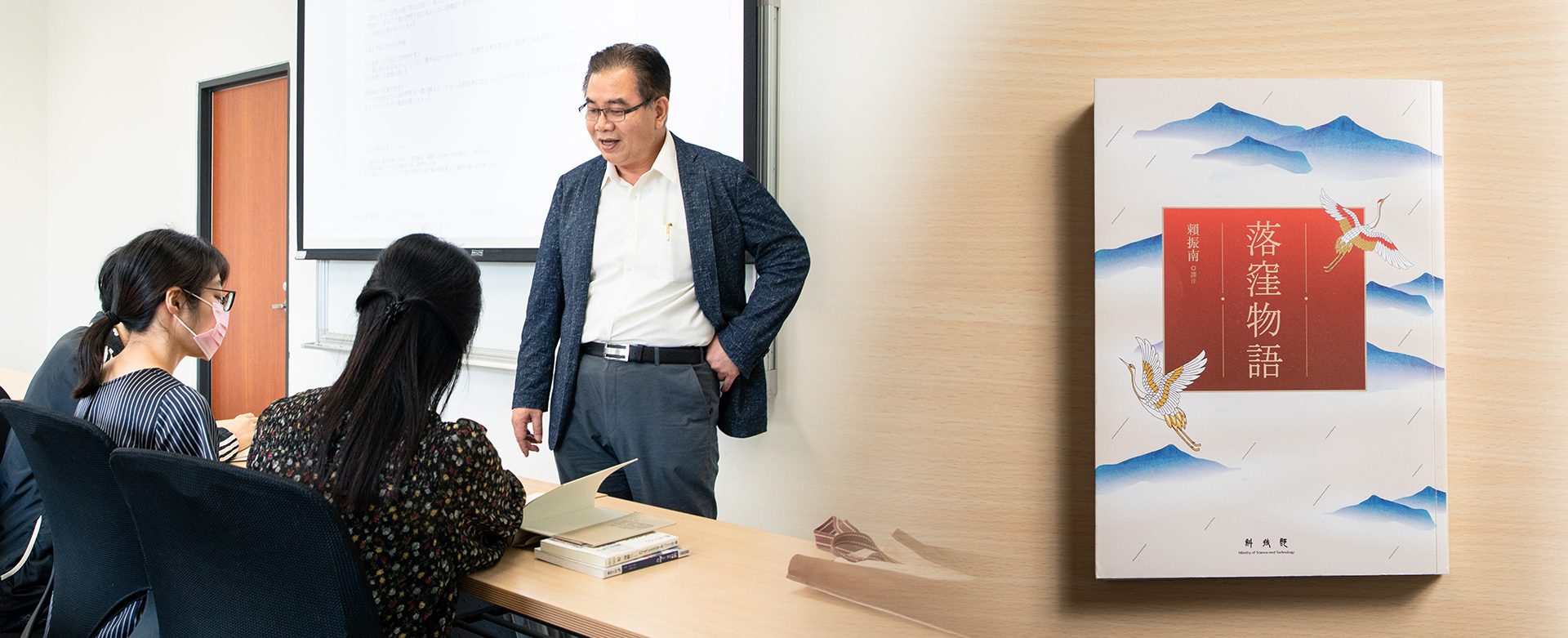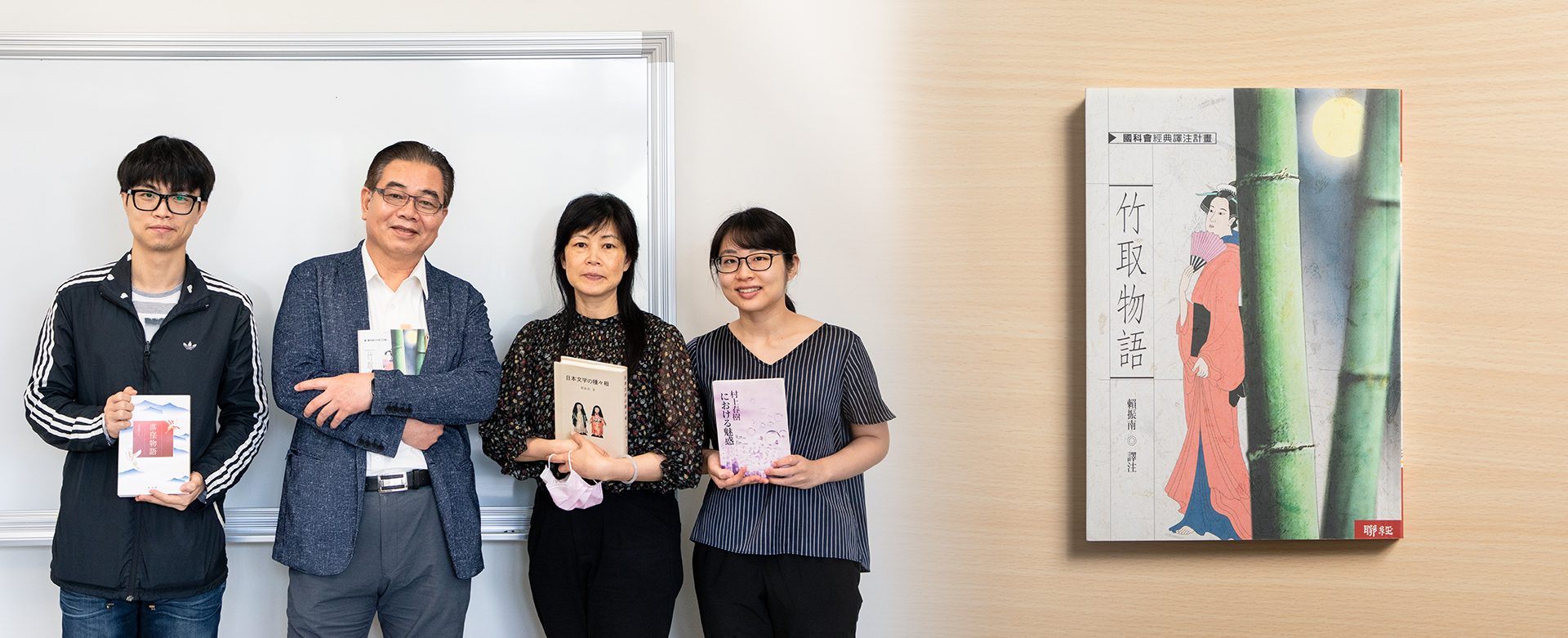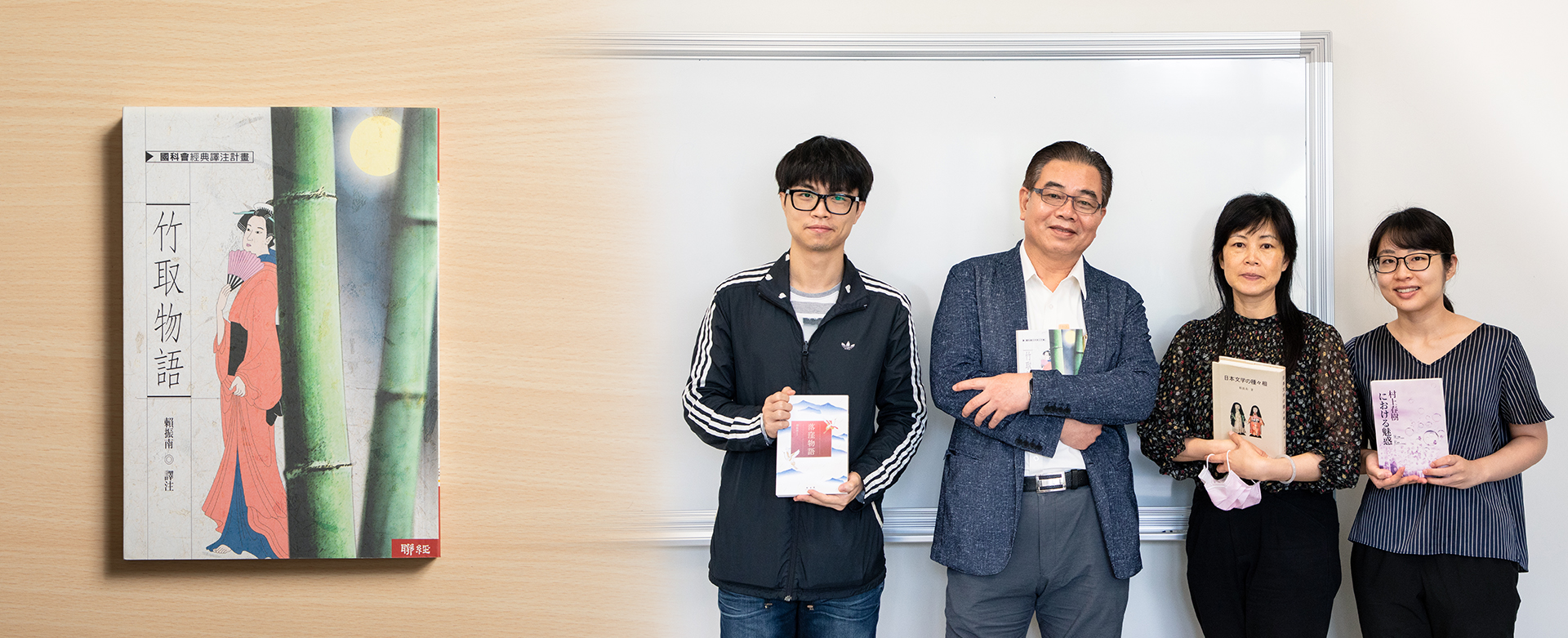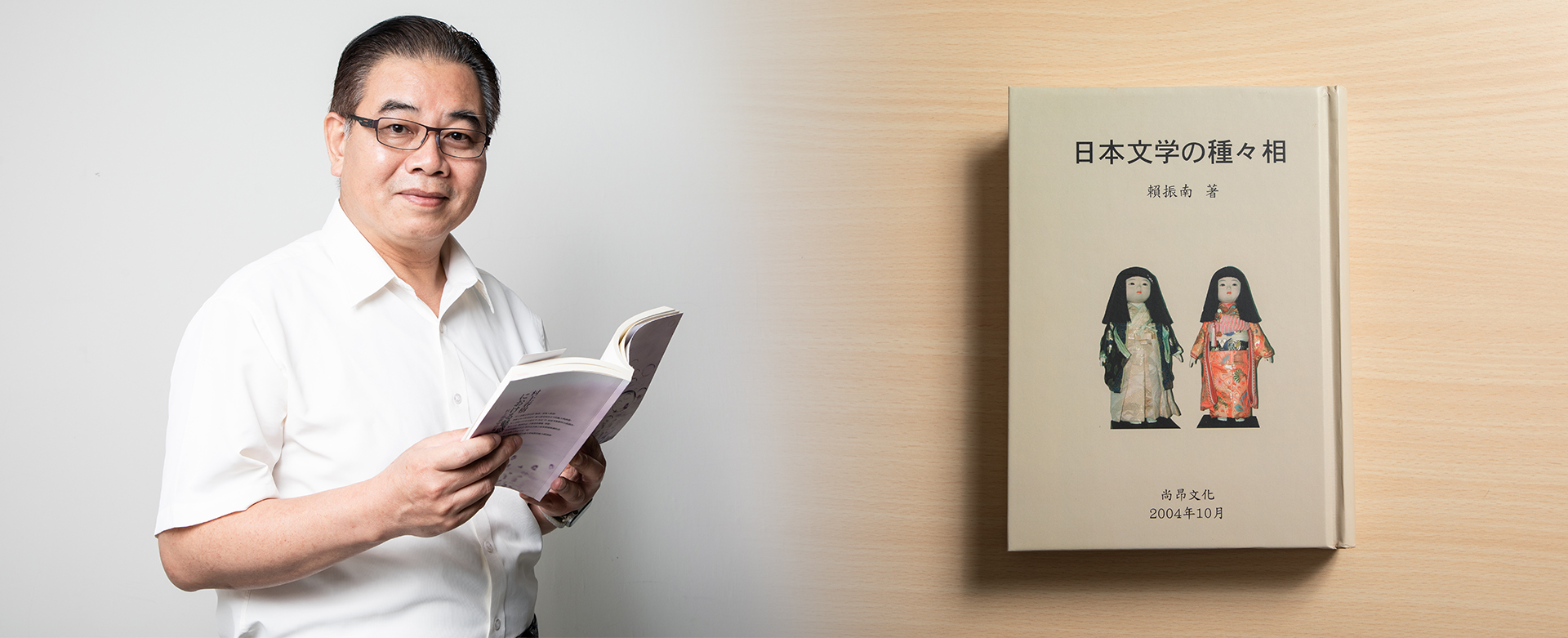Featured Scientist
Chen-Nan Lai, Ph.D.
College of Foreign Languages and Literatures
Associate Professor
Department of Japanese Language,Literature and Culture
Education & Academic Qualifications
Completed doctoral studies at the National Tohoku University in Japan
Research Interests
Japanese classical and modern literature, Japanese and Chinese translation practice and theory, International medical translation.
Chen-Nan Lai ( Professor, Department of Japanese, Fu Jen Catholic University):
A native of Tainan County, he graduated from the Department of Oriental Languages, Fu Jen Catholic University in 1983 and completed his doctoral studies at the National Tohoku University in Japan. He has served as the chairman of the Japanese Department of Fu Jen Catholic University, the Dean of General Affairs, the Dean of International Education, and the Dean of the College of Foreign Languages and Literatures. He has also served as the chairman of the Japanese Language and Literature Association of Taiwan, the director of Mr. Ying Chien-li Scholarship Foundation, and the chairman of The International Medical Translators and Interpreters Association (IMTIA) .
He specializes in Japanese classical and modern literature, as well as Japanese and Chinese translation practice and theory, and international medical translation. He has published many academic lectures and papers both at home and abroad, and his representative books include "A Study of Japanese Monogatari in the Early Heian Period" and "Various Aspects of Japanese Literature", and he has translated and annotated the masterpieces of Japanese classical monogatari literature, "Taketori Monogatari" and "Ochikubo Monogatari".
Professor Lai awarded "Outstanding Research Award"of Fu Jen Catholic University in 2021.
The Friendship Community Based on Music in Utsubo Monogatari
Through the synergistic performance between the many characters in the Utsubo Monogatari and the significant role of the Koto, it is clear that the vertical correlation and horizontal correlation of the story are intertwined into a complex double track structure. According to the investigation of this study, the bloodline of the four generations of the Toshikage family in this vertical and horizontal network, including the inheritance of hikin (secret kotos) and hikyoku (secret pieces of music) from generation to generation. In addition to the formation of a strong family, the men and women also form a “Community of Sounds” and a “Community of Love”. Following the discussion on the “Community of Sounds” between men and women, this study intends to explore how a community of friendship is formed through music. In particular, similar to the Toshikage family who were also in possession of two secret kotos and secret pieces of music (brought back by Iyayuki from the Tang Dynasty in China), Suzushi and Nakatada further engaged in exchanges on secret songs. This study will explore how music serves as the best friendship community for Suzushi and Nakatada.
Paper abstract in Japanese
『うつほ物語』の音楽による友情共同体
これに対し、『うつほ物語』は、多くの登場人物と琴を強い媒介とする相乗的な演出効果によって、物語の縦の繋がりと横の繋がりという対比複線構造がはっきりしている。拙稿の考察によると、この網脈の中における俊蔭一族四代の血筋の繋がりと、多数の秘琴と秘曲の代々の伝承によって家族の共同体が強固に形成されていくほか、琴の音色によって男女間の「音声の共同体」=「愛の共同体」も織り成されていくのである。更に男女間の「音声の共同体」と同時に、音楽による友情共同体が如何に形成されていくかを考察したい。とくに俊蔭一族と同じく、弥行が中国の唐時代に持ち帰った秘琴と秘曲とを擁する源涼の秘琴伝授も呼び寄せる形で、音楽による藤原仲忠と源涼の最高の友情共同体が形成される経緯を究明したい。
205 views